LinkedIn Logo Design: History & Evolution

Image Courtesy: LinkedIn
In the constantly changing world of digital design, few things remain as significant as a company's branding. And when it comes to professional networking, LinkedIn's logo has become synonymous with the very idea. The LinkedIn logo design not only embodies the company's mission but also stands as a testament to the evolution of modern branding in the digital era. A journey through the history of LinkedIn logo design offers insight into both the growth of this professional networking giant and the ever-changing trends in graphic design.
From humble beginnings to its current sleek and modern appearance, the LinkedIn logo tells a fascinating story. Whether you're a seasoned graphic designer or just curious about the evolution of corporate logos, this exploration into LinkedIn's visual identity will provide a blend of creative inspiration and practical understanding. So grab your favorite design tool, and let's dive into the tale of LinkedIn logo design, a symbol that's more than just pixels and color. It's a story that every graphic designer can learn from and be inspired by.
LinkedIn Logo Design History
2003 - 2011
When LinkedIn launched in 2003, it introduced a logo that would become a defining feature of the platform's brand. The original LinkedIn logo design was more than just a visual element; it was a reflection of the platform's core values. Composed of the bold black “Linked” lettering paired with a solid blue square on its right, this design had its own distinct character. Inside that blue square, the white “in” in lowercase found its home, completing the visual representation of connectivity.
The choice of the typeface in the LinkedIn logo design wasn't random either. The sans-serif, bold lettering resembled fonts such as Radiate Sans Bold and LCT Picón Bold, giving the logo a confident and authoritative look. The use of these similar fonts reinforced the platform's commitment to professional networking, symbolizing strength and stability.
Color played an equally pivotal role in this design phase. The LinkedIn logo design's black, blue, and white color palette was not merely a stylistic choice; it conveyed the professionalism, seriousness, and reliability of the web portal. Black-and-white, a timeless combination, underscored the platform's fundamental approach, while the blue hinted at safety, trust, and career development. For graphic designers and business professionals alike, these colors spoke to LinkedIn's mission of forging strong professional connections.
As LinkedIn continued to grow, the logo started to evolve too. But from 2003 to 2011, this particular design remained a beacon of professional networking, surviving the fast-paced changes of the digital landscape. The straightforward yet impactful LinkedIn logo design resonated with users, allowing them to recognize the platform instantly across various media.
What made this design stand out to many graphic designers was its successful blend of simplicity and symbolism. It was a logo that spoke to its audience without overstating its message. The harmony between typography, color, and layout offered a visual cue to the network's professional nature and trustworthy environment.
The LinkedIn logo design from 2003 to 2011 is a testament to the power of thoughtful and well-crafted branding. It wasn't just about looks; it was about telling a story and building an identity. By marrying the right fonts and colors with a clear and concise concept, LinkedIn was able to create a visual representation that not only defined its brand but also inspired a generation of designers. It's a lesson in how a simple logo can transcend its basic elements to become a symbol for an entire community.
Looking back at this phase of LinkedIn logo design, we can appreciate the strategic and creative thinking that went into crafting a logo that's both visually appealing and emblematic of its brand values. It's a timeless piece of design history that continues to offer inspiration for today's graphic designers, reminding us that simplicity, when combined with purpose, can indeed speak volumes.

Image Courtesy: LinkedIn
2011 - 2019
The evolution of LinkedIn's logo design took a subtle but significant turn in 2011, after eight years of consistency. Graphic designers and brand enthusiasts witnessed a refined version of the original, staying true to its roots while ushering in a new era. This reimagined LinkedIn logo design focused on slight changes that reflected the platform's growing maturity and its readiness to adapt to the ever-changing digital landscape.
The 2011 redesign was careful and considered. Rather than a complete overhaul, the typeface of the logotype was changed, and the blue shade of the square was slightly brightened. The chosen font for this new phase was Avenir Pro, known for its clean and timeless shapes. With slightly thinner lines than the previous version, the new LinkedIn logo design retained the essence of the original while injecting a touch of modernity.
Interestingly, the letter that underwent the most transformation was the lowercase “K”. This might seem like a minor detail, but it showcases the thought and precision that went into the LinkedIn logo design, reinforcing the idea that even the smallest changes can have an impactful visual effect.
2012 brought more significant changes to LinkedIn, not just visually but also strategically. The company fully redesigned its website and pivoted its business strategy, leading to product innovation and a transformation in its overall approach. The focus shifted to two main concepts: to simplify and grow. This strategic realignment was reflected in the logo as well, showcasing a more streamlined and forward-thinking image.
For graphic designers, the LinkedIn logo design from 2011 to 2019 is an example of how thoughtful refinements can breathe new life into a brand without losing its identity. It's a study in restraint and understanding of the core elements that make a logo resonate with its audience.
This period in LinkedIn's visual history reminds us that rebranding doesn't always mean starting from scratch. Sometimes, a gentle touch and attention to detail can rejuvenate a design and align it with the company's evolving vision. The LinkedIn logo design from this era is a symbol of the platform's ability to grow and transform while staying grounded in its roots.
The story of LinkedIn's logo from 2011 to 2019 serves as inspiration for designers looking to refine and refresh a brand without losing its essence. By expertly navigating the fine line between the familiar and the new, LinkedIn proved that sometimes less is more. It's a valuable lesson in design, branding, and the understanding that even the most subtle changes can signify progress, transformation, and a renewed sense of purpose. For all the creatives out there, it's a reminder that a well-considered tweak can make all the difference in crafting a timeless and evolving design.

Image Courtesy: LinkedIn
2019 - 2021
In the world of graphic design, it's often the subtlest changes that make the most significant impact. The second redesign of the LinkedIn logo in 2019 perfectly illustrates this point. While the alteration might have seemed minimal at a glance, this phase of the LinkedIn logo design revealed a keen eye for detail and an understanding of the evolving brand’s personality.
The most noticeable change in 2019 was in the logo's color palette. The black "Linked" inscription was now colored in the same shade of blue that had been adopted for the "In" square in 2011. By unifying the colors, the logo projected a sense of cohesion and continuity, echoing the platform's role in connecting professionals around the world.
But the refinements didn't stop at color. The typeface itself was slightly tweaked, creating subtle visual enhancements. One particular change that might have escaped the casual observer but stood out to graphic designers was the adjustment to the dots above the letters "I." By placing them at a more significant distance from the vertical bars, the LinkedIn logo design allowed in more "air," creating a lighter and fresher appearance.
These adjustments might seem minor, but they speak volumes about the precision and thoughtfulness that went into the LinkedIn logo design. By focusing on nuances and playing with space, the logo managed to evolve while maintaining its recognizability. The new look exuded a contemporary vibe without losing its connection to the platform's history.
The 2019 redesign reminds us that sometimes, less really is more. In a time when brands are often tempted to make sweeping changes, LinkedIn's decision to make precise and measured adjustments showed a commitment to its visual identity while allowing for growth and modernization.
For graphic designers, this phase of the LinkedIn logo design serves as a valuable lesson in the power of subtlety. It's a reminder that understanding a brand's essence and making deliberate and well-considered adjustments can be as effective as a complete overhaul. It also illustrates that design is not always about grand gestures; sometimes, the smallest changes can refresh a logo and infuse it with new energy.
The LinkedIn logo design from 2019 to 2021 is a testament to the beauty of evolution in design. It's about recognizing the value of what's come before and enhancing it with careful, artful changes. For designers and branding enthusiasts alike, it's a source of inspiration and a shining example of how thoughtful refinements can create a logo that's both timeless and timely, reflecting the company's growth and the ever-changing nature of the digital landscape.

Image Courtesy: LinkedIn
2021 - Present
In the ever-evolving world of graphic design, the 2021 redesign of the LinkedIn logo design presented a refreshing example of how color alone can bring about significant transformation. The third redesign in LinkedIn's visual history stands as a testament to the platform's commitment to continuous growth while honoring its roots.
This recent change played with the shade of blue on the already recognizable minimalistic LinkedIn badge, opting for an intense and deep hue. The result? A stronger contrast with the white elements, making the contours of the characters appear cleaner and straighter. This isn't merely a cosmetic adjustment; it's a reimagining that enhances the logo's visual appeal and embodies the brand's ethos.
For graphic designers and brand enthusiasts, the new shade of blue in the LinkedIn logo design might symbolize more than just a color change. It evokes a sense of stability and trustworthiness, coupled with professionalism and determination. These values resonate with LinkedIn's audience of career-minded professionals, making the logo not only visually attractive but also emotionally engaging.
The impact of the intensified blue has been felt beyond the logo, breathing new life into the entire LinkedIn website. The site now appears brighter and more vivid, aligning with a platform that continually seeks to inspire, connect, and empower its community.
What makes the 2021 LinkedIn logo design so intriguing is its ability to demonstrate how a single, well-considered change can alter the entire look and feel of a brand. It's about understanding the potential within the existing design elements and having the creativity to use them in new and exciting ways.
For those in the graphic design community, the latest LinkedIn logo offers inspiration on several levels. It reminds us that design is never static; it's a living, evolving entity that requires constant care and attention. It shows that innovation doesn't always mean complete reinvention; sometimes, it's about recognizing the inherent strength in what already exists and enhancing it.
The LinkedIn logo design from 2021 to the present is more than just a visual update; it's a narrative of growth, continuity, and creativity. By simply altering a color, LinkedIn has managed to communicate its dedication to innovation without abandoning its core identity. This redesign is a valuable lesson for designers everywhere, emphasizing the importance of subtlety, consistency, and the ability to see potential in even the smallest details.
In a world filled with noise and clutter, the LinkedIn logo design stands out as a beacon of simplicity and thoughtfulness, embracing change while honoring tradition. It's a story that continues to unfold, reflecting the dynamism of a platform that has become a crucial part of the professional landscape, and a source of endless inspiration for designers looking to craft meaningful and timeless visual identities.

Image Courtesy: LinkedIn
Analysis: LinkedIn Logo Design Evolution
In the ever-changing world of design, few things are as fascinating as the visual journey a brand takes over time. The LinkedIn logo design evolution is a compelling case study, reflecting the platform's growth, innovation, and constant adaptation to its audience's needs. This analysis delves into five key aspects of the transformation, providing insights and inspiration for graphic designers and anyone interested in the art of visual storytelling.
Subtlety in Color Changes
The LinkedIn logo design evolution demonstrates the power of subtle color changes. From the original black and blue palette to the intense and deep shade of blue adopted in 2021, each shift in hue communicated something new about the brand. By paying attention to color psychology, LinkedIn's designers were able to evoke different emotions and perceptions, from professionalism to stability and trustworthiness.
Balance of Innovation and Consistency
While some brands opt for radical redesigns, LinkedIn's logo evolution shows a carefully measured balance between innovation and consistency. The changes have been thoughtful, reflecting the platform's evolving strategy and user base without losing the core visual identity. This consistency builds brand recognition, while the iterative changes keep the design fresh and relevant.
Emphasis on Typography
Typography has played a crucial role in the LinkedIn logo design evolution. From the original bold sans-serif to the refined Avenir Pro, the choice of typeface has been instrumental in conveying the brand's personality. The subtle adjustments to letters like the lowercase "K" and the distance between the dots above the "I" showcase a meticulous attention to detail.
Simplicity and Minimalism
LinkedIn's logo has always embraced simplicity and minimalism. From the basic color scheme to the clean lines and shapes, the design has never been overly complex. This simplicity makes the logo easily recognizable and timeless, reflecting the platform's mission of connecting professionals in an uncluttered way.
Alignment with Business Strategy
Perhaps most impressively, the LinkedIn logo design evolution has been closely aligned with the company's business strategy. Whether reflecting a shift towards simplicity and growth or intensifying the shade of blue to mirror a brighter and more vivid platform, the visual changes have mirrored the strategic shifts within the company.
The LinkedIn logo design evolution is more than a visual journey; it's a lesson in branding, strategy, and the art of design. By examining these five aspects, designers can glean insights into how to approach their projects, understanding that even the most subtle changes can have profound effects. It's a story of thoughtfulness, creativity, and a reminder that great design is an ongoing process, not a static endpoint. Whether you're a seasoned professional or just starting, there's something to learn from LinkedIn's visual evolution, a testament to the power of design to tell a story, convey a message, and reflect a brand's essence.

Image Courtesy: LinkedIn
The Philosophy & Meaning Behind LinkedIn Logo Design
When we delve into the artistry of a logo, we often find layers of thought, intention, and philosophy that transform mere shapes and colors into a meaningful visual story. The LinkedIn logo design is no exception, embodying more than just aesthetic appeal. This exploration unravels the philosophy and meaning behind the LinkedIn logo, offering graphic designers and branding enthusiasts a deeper understanding of the complexities and nuances of this iconic symbol.
Professionalism & Trust
One of the core aspects of LinkedIn's logo design is its representation of professionalism and trust. The choice of colors, particularly the various shades of blue, symbolizes the platform's dedication to safety, career development, and reliability. It's a visual promise that the platform is a serious and dependable place for professionals.
Simplicity & Connectivity
The LinkedIn logo design emphasizes simplicity, represented through the minimalist approach of using basic shapes and clean lines. This simplicity aligns with the platform's primary purpose of connecting professionals worldwide, ensuring that the message is clear and uncluttered.
Evolution & Responsiveness
LinkedIn's willingness to subtly modify its logo over time reflects a philosophy of continuous evolution and responsiveness to the market's needs. The changes aren't merely about staying trendy; they're a manifestation of the platform's dedication to growth, innovation, and alignment with the changing professional landscape.
Strength & Determination
The clean and straight contours, along with the deep and intense blue color introduced in recent years, evoke a sense of strength and determination. These attributes mirror the platform's mission to empower professionals to grow their careers, build connections, and achieve their goals.
Timeless Design
The LinkedIn logo design is a testament to the pursuit of a timeless visual identity. While it has evolved, the logo's core elements have remained consistent, allowing it to retain its recognition and relevance. This balance between maintaining a core identity and allowing for subtle changes exhibits a thoughtful approach to creating a lasting impression.
The LinkedIn logo design is more than a visual emblem; it's a carefully crafted representation of the platform's values, goals, and personality. From symbolizing professionalism and trust to embracing simplicity and timeless design, the logo encapsulates the philosophy that drives LinkedIn's mission. Understanding these elements offers graphic designers a richer perspective on how visual elements can convey complex meanings and how thoughtful design can translate a brand's essence into a recognizable and resonant symbol. It's a beautiful blend of art and strategy that inspires and educates, showcasing the profound power and depth of design in shaping how we perceive and engage with a brand.

Image Courtesy: LinkedIn
What Can We Learn from LinkedIn Logo Design
The story of a logo isn't merely about colors, shapes, or typography; it's a treasure trove of insights and lessons waiting to be uncovered. The LinkedIn logo design, with its graceful evolution and carefully chosen elements, offers a valuable case study. For graphic designers, brand strategists, or anyone interested in visual communication, there's much to glean from this recognizable emblem. Here's what we can learn from the LinkedIn logo design:
The Power of Subtlety
One of the major lessons from LinkedIn's logo design is the effectiveness of subtle changes. Whether it's a slight adjustment in shade or a minimal tweak in typography, these seemingly small shifts can have a significant impact on perception. Subtlety in design can lead to fresh interpretations without losing the essence of the brand.
Alignment with Brand Identity
LinkedIn's logo evolution showcases a strategic alignment with its brand identity. The transitions are never arbitrary; they always reflect the platform's core values, growth, and shifts in strategy. It teaches us the importance of understanding the brand's mission, vision, and audience, ensuring that the logo remains a true symbol of the company's identity.
Timelessness Through Simplicity
The LinkedIn logo design emphasizes a minimalist and uncluttered approach, leading to a timeless aesthetic. The focus on simplicity illustrates that sometimes less is more, allowing the logo to transcend fleeting design trends and resonate with audiences over time.
Color as a Communicator
Color is not merely an aesthetic choice; it's a communicator. LinkedIn's use of blue, with its varying shades, has helped define the platform's personality and emotional appeal. It underlines how a thoughtful selection of color can convey messages, evoke emotions, and reinforce the brand's positioning.
Consistency and Flexibility
The LinkedIn logo design offers a lesson in balancing consistency with flexibility. While the logo has seen several changes, the core elements remain intact, providing continuity and brand recognition. This approach shows how to innovate within boundaries, keeping the design fresh yet familiar.
The LinkedIn logo design is more than a case study; it's a rich source of inspiration and learning. From understanding the subtleties of visual communication to appreciating the power of color, alignment, simplicity, and balance, these lessons offer valuable insights for both seasoned designers and newcomers. The LinkedIn logo reminds us that design is not just an artistic endeavor; it's a strategic, thoughtful process that requires empathy, understanding, and creativity. It's a testament to how logos are not merely pictures but stories, evolving with the brand, speaking to audiences, and reflecting a constantly shifting landscape. Whether you're embarking on a new project or looking to refine your design philosophy, the LinkedIn logo design serves as a guide, illuminating the path to effective and meaningful design.
Conclusion
The journey through LinkedIn logo design offers more than just a visual narrative; it serves as a rich source of inspiration and a compelling lesson in design evolution. From subtle refinements to strategic alignments, each stage reveals insights into crafting logos that resonate and endure. For graphic designers, the LinkedIn logo design exemplifies how attentiveness to detail, brand alignment, color psychology, and a mix of consistency with innovation can create a timeless emblem. As we continue to shape the visual landscapes of brands, let this deep dive into LinkedIn's design remind us of the art and strategy intertwined in our creative pursuits.
Let Us Know What You Think!
These fantastic logo design articles are written and curated by Kreafolk's team. We hope you enjoy our information and remember to leave us a comment below. Cheers!

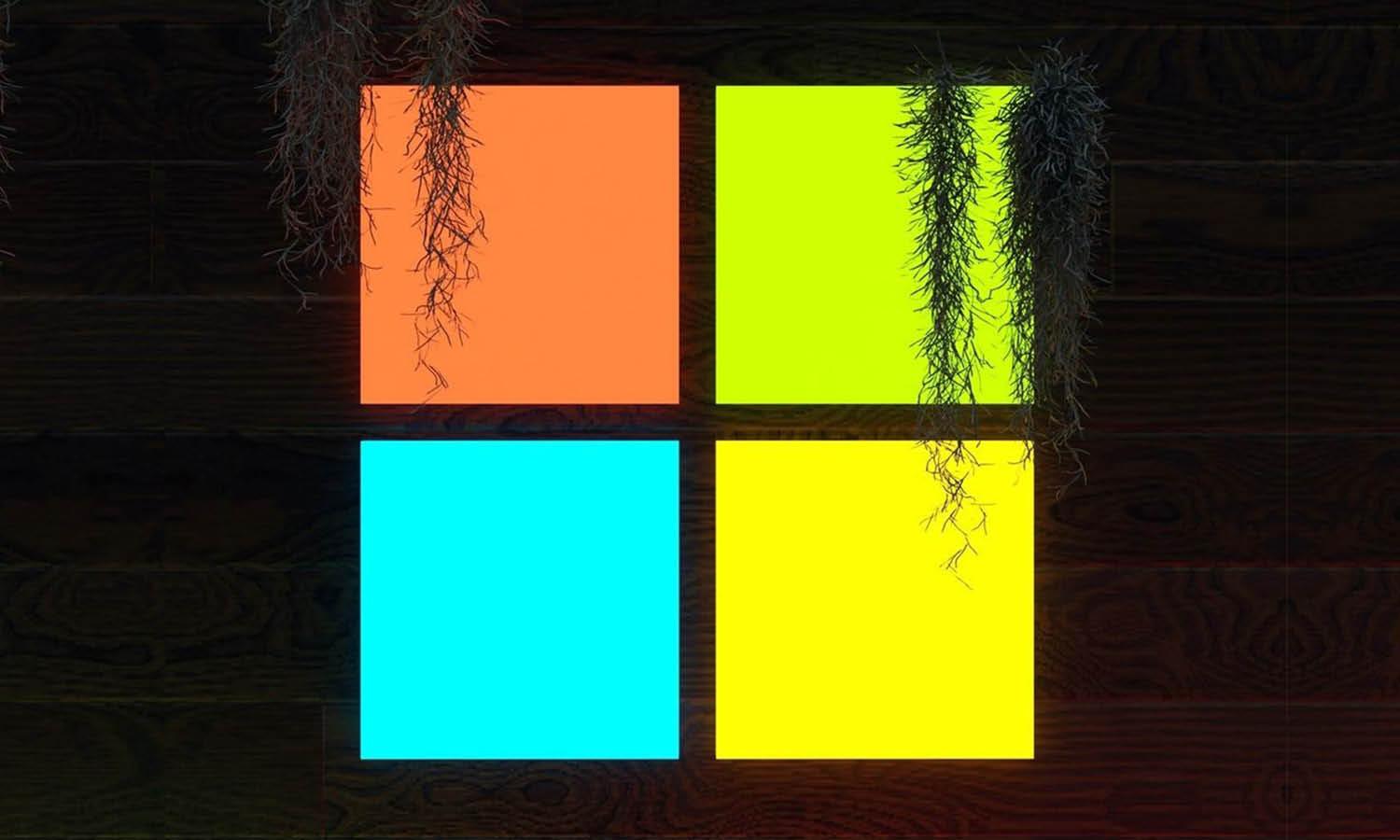
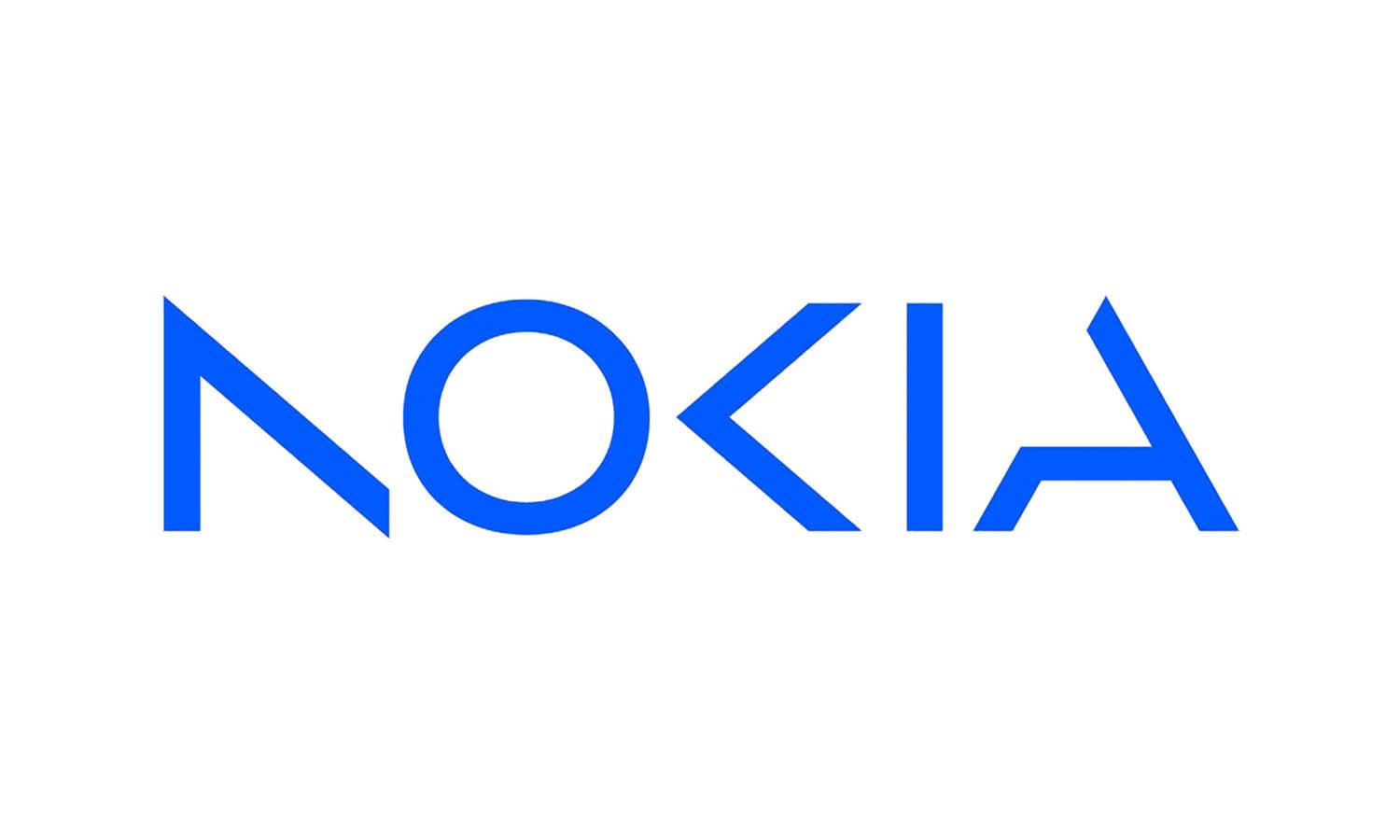
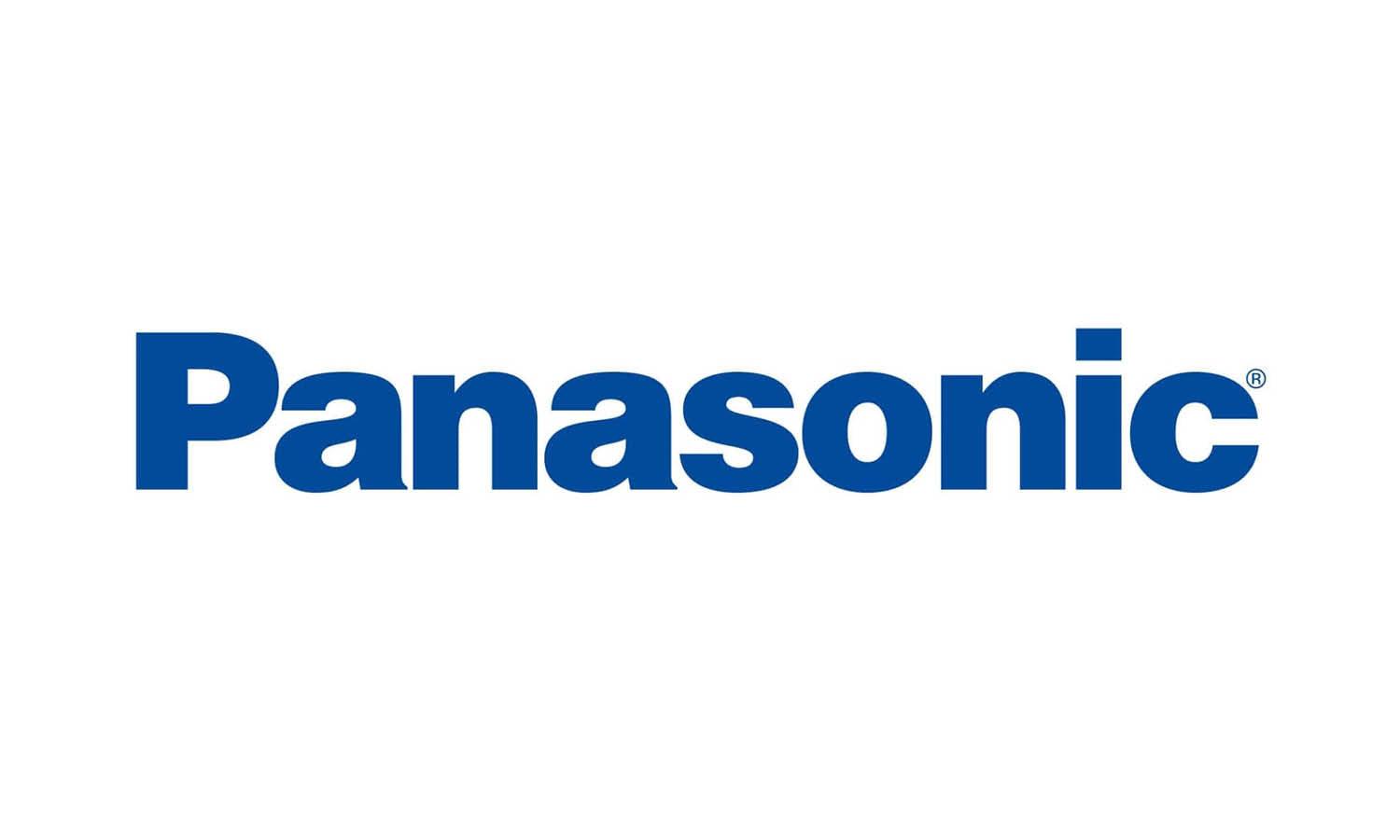
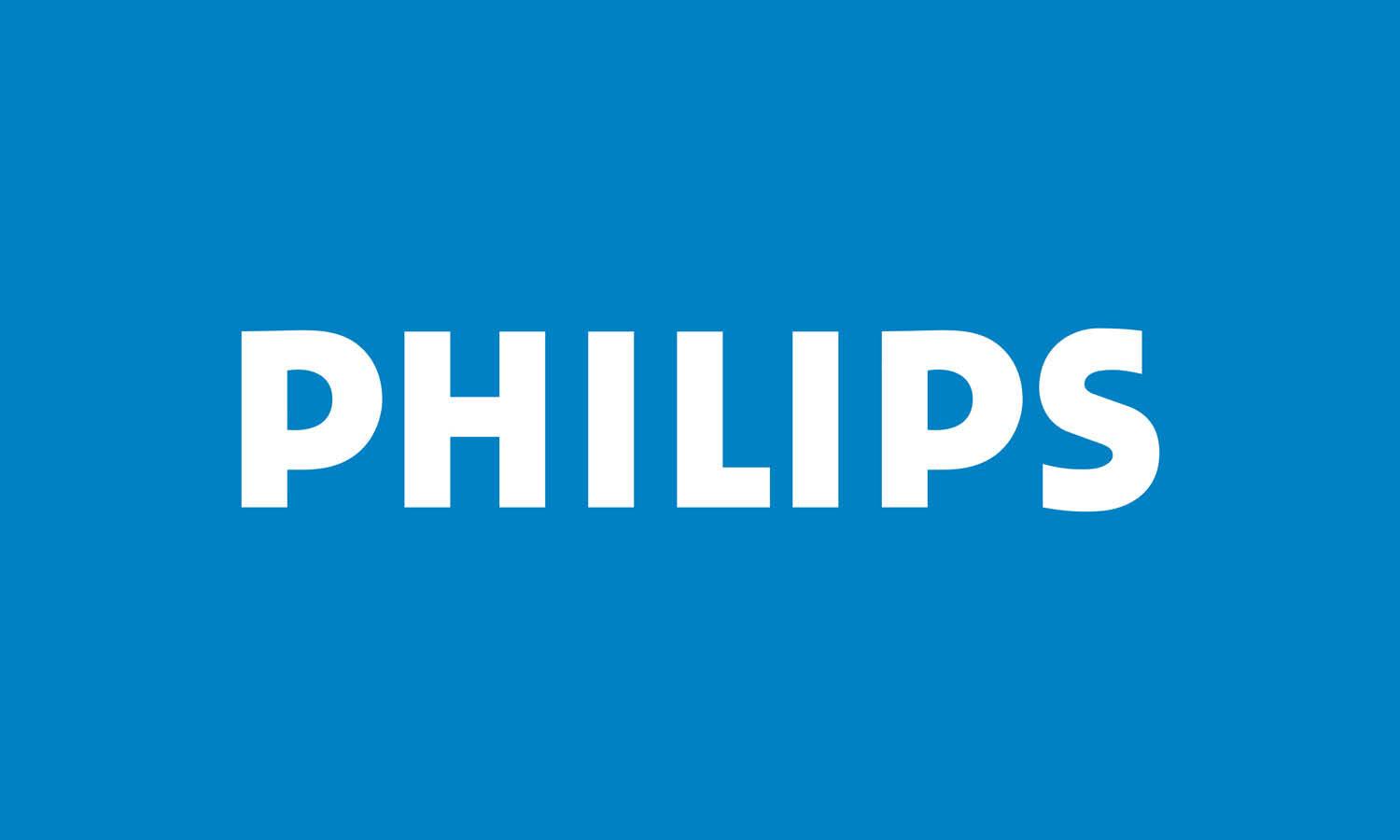

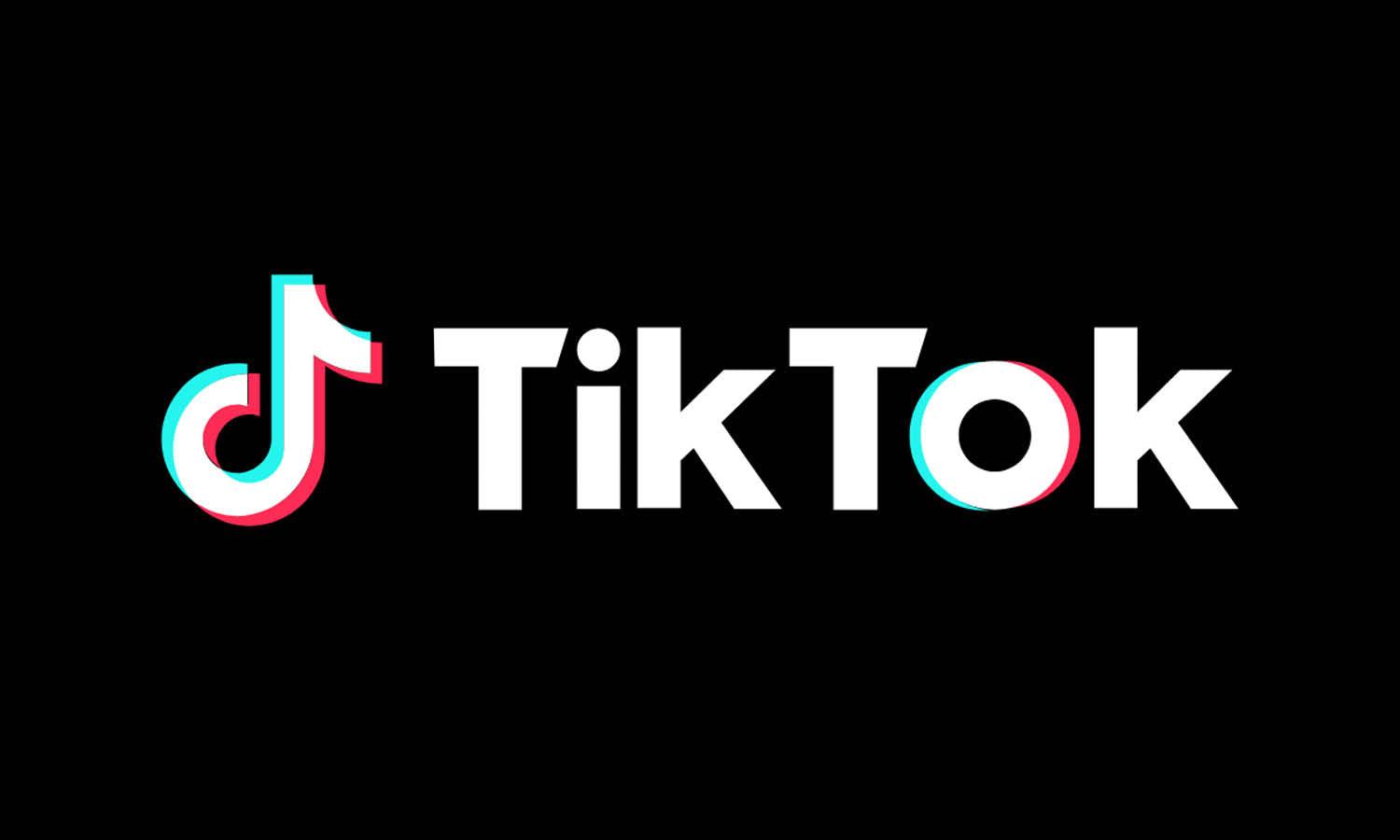
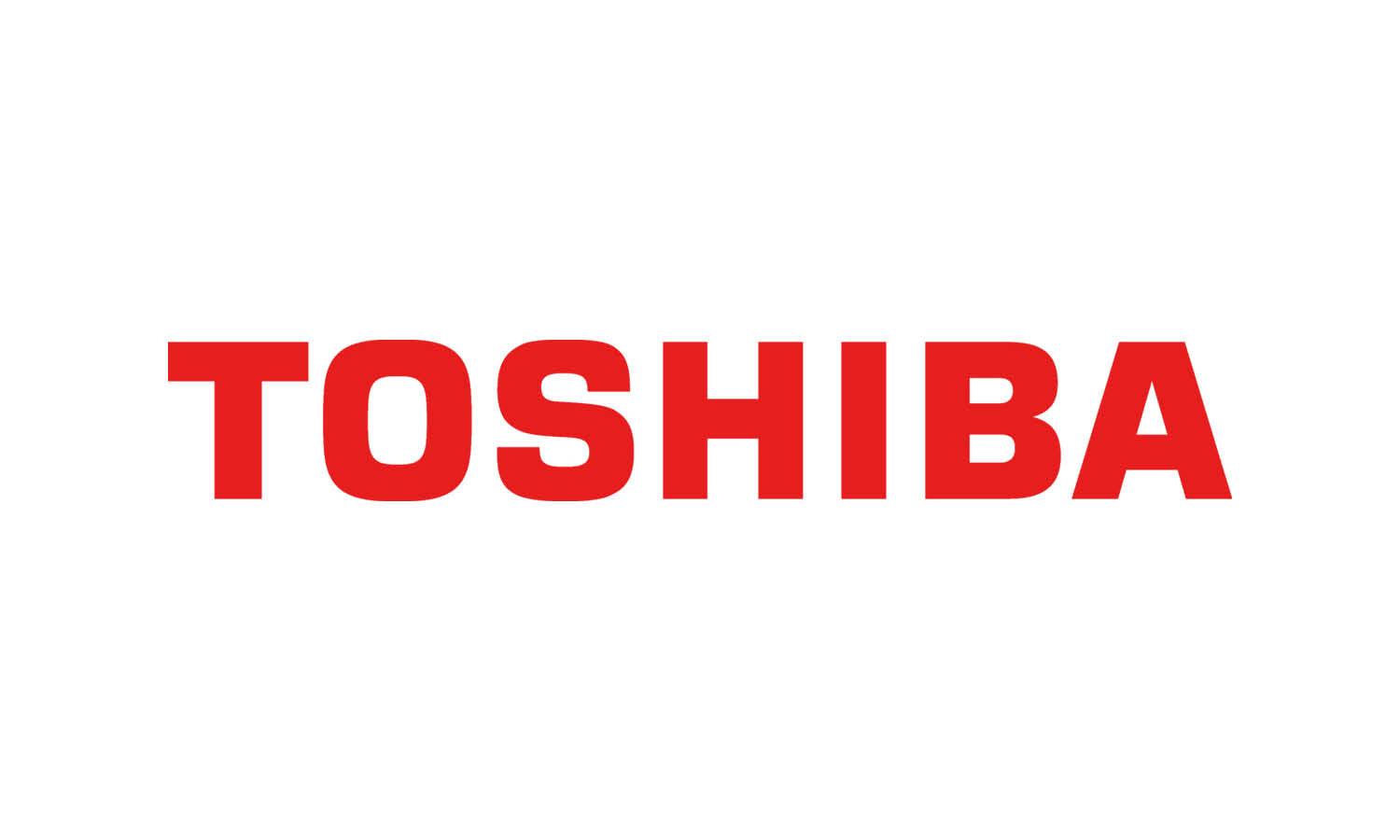
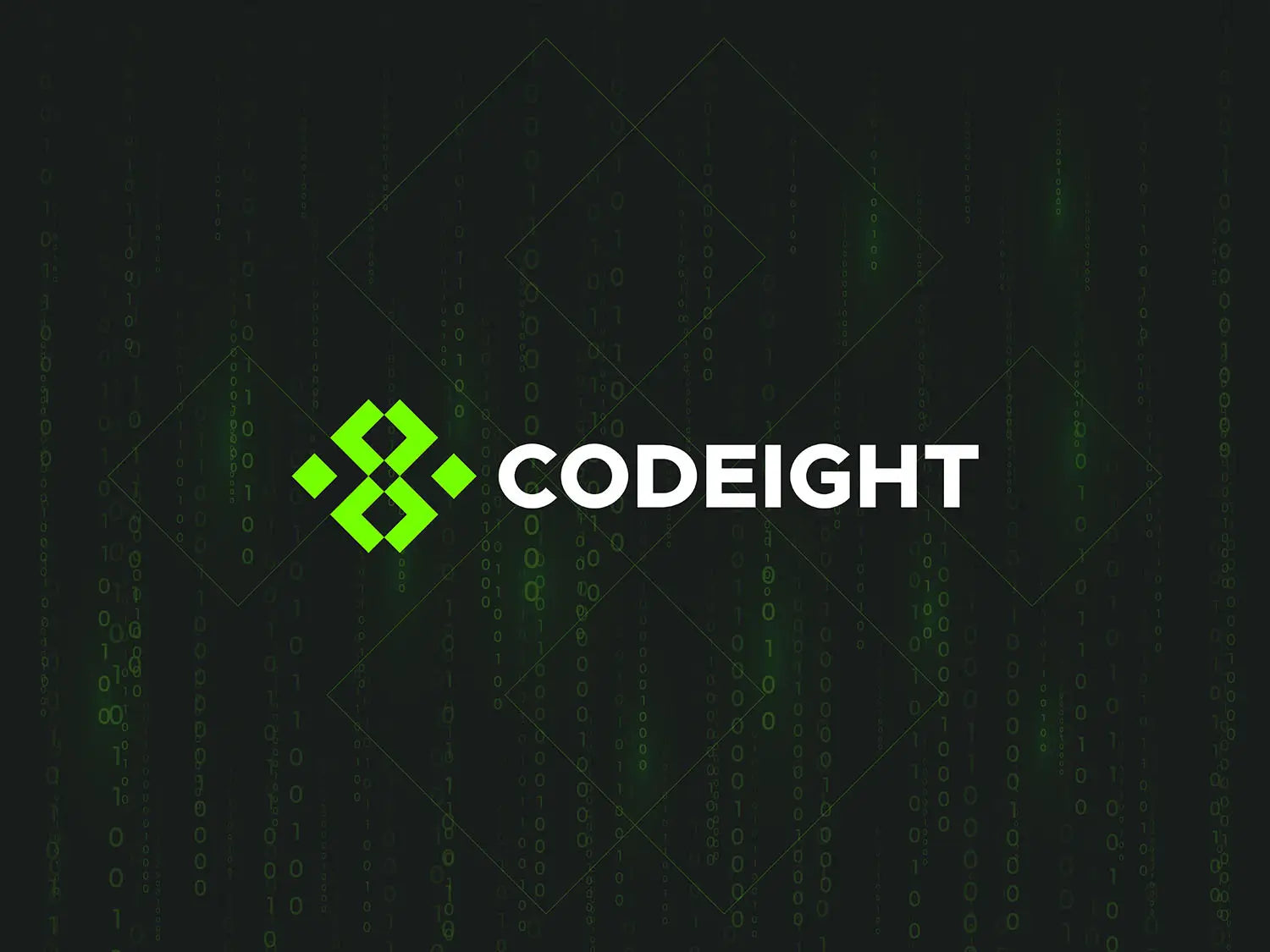







Leave a Comment